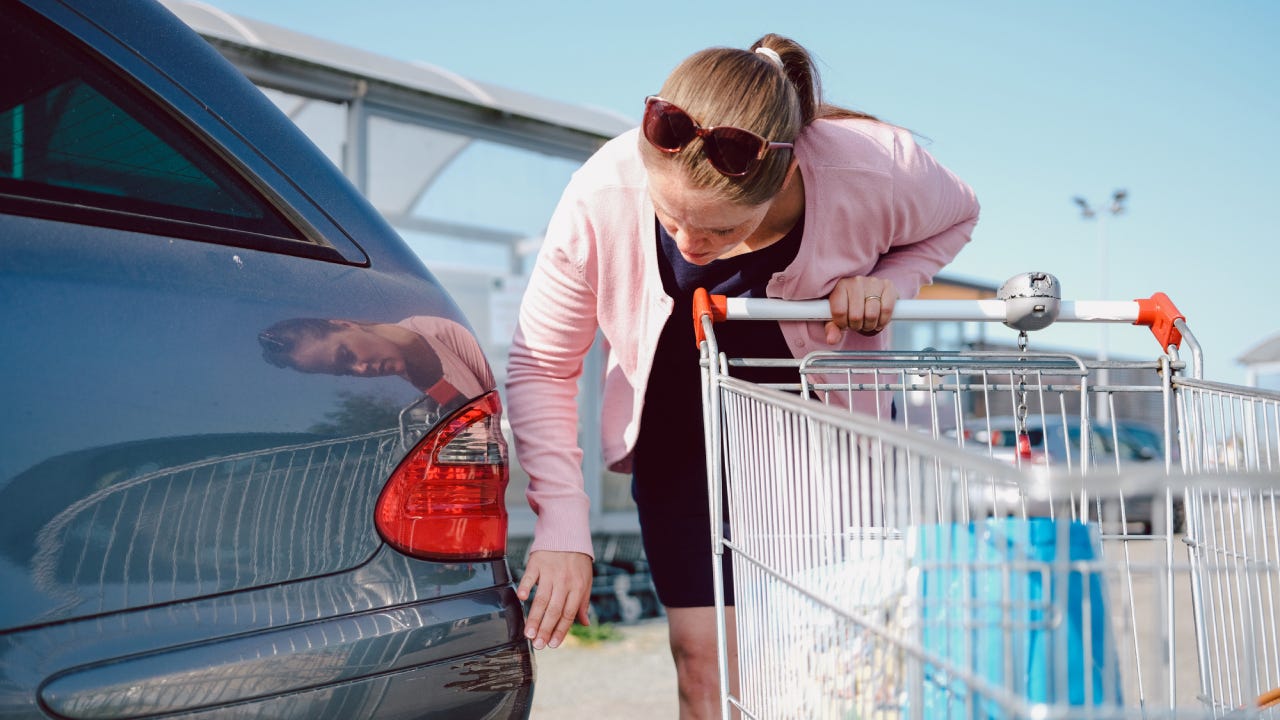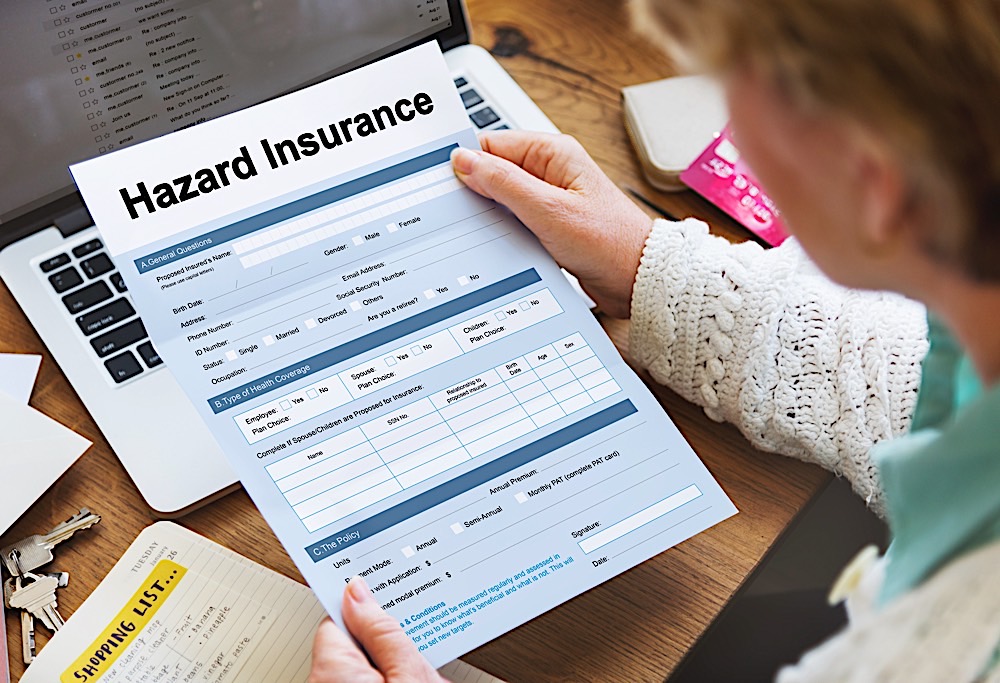Will A Hit And Run Claim Raise My Insurance?
After a hit-and-run accident, you must rely on your own insurance because there is no at-fault driver to pay the bills. Find out how much your vehicle insurance rates goes after a hit-and-run claim.
- THINGS TO NOTE
- Report any hit-and-run or other type of motor accident to the police and your insurance company as away.
- If you’ve been the victim of a hit-and-run, you should contact your insurance company right away. Depending on the type of coverage you have, you may be covered.
- If you’re the victim of a hit-and-run accident and submit a claim, you don’t have to worry about your insurance rates going up if it’s reported.
After a hit-and-run, what should you do?
Even if you don’t know the name of the motorist who caused the accident, you should gather all information you can. You should also try to recall as many details as possible.
Make a list of everything that happened. Keep track of the way the other vehicle went following the collision.
If there are any witnesses, get their names and contact information.
Obtain the names and badge numbers of the responding policemen.
Photograph the accident scene, as well as the automobiles involved and any additional property damage.
Inquire for any available surveillance camera footage at the business or organization closest to the accident location.
What is a ‘miss and run’ situation?
When one car causes another to crash and then flees the scene, it is referred to as a “miss and run” or “phantom driver” collision,
The collision might happen even if there is no touch between the two vehicles. Another vehicle, for example, could abruptly swerve into your lane. It’s a miss and run if you swerve to avoid the first automobile and collide.
Both hit-and-runs and miss-and-runs can result in the same consequences: an injured person, a damaged car, or damaged property, and there is no at-fault motorist who can be held liable.
What is the frequency of hit-and-run accidents? The number of hit-and-runs is at an all-time high.
According to a AAA Safety Foundation research based on federal highway crash data, there were 1,980 fatal hit-and-run crashes in 2016, resulting in 2,049 fatalities. Since the National Highway Traffic Safety Administration began keeping information on fatal motor vehicle incidents in 1975, this is the highest annual number of hit-and-run fatalities or crashes.
These estimates do not include the numerous hit-and-runs that result in only minimal property damage or injuries. A hit and run is also a ding on a fender in a parking lot with no notice under the windshield wiper. According to a 2010 Allstate survey, parked cars were involved in 69 percent of hit-and-run cases.
Is a hit-and-run covered by insurance?
If you are the victim of a hit-and-run, you are only covered if you purchased specific types of coverage. Liability insurance, which is required almost everywhere, does not cover you or your vehicle.
If your automobile is damaged, you must have collision coverage and pay the deductible.
Uninsured motorist property damage insurance may cover part or all of the damage your car sustains in a select states. However, not all states offer uninsured motorist property damage coverage. California, Colorado, Georgia, Illinois, Louisiana, and Ohio are among the states that do not allow you to use that coverage for hit-and-runs.
You must have obtained personal injury protection (PIP), medical payments, or uninsured motorist bodily injury liability coverage to be covered for injuries. These insurance policies are required in some states but not in others.
If you don’t have medical coverage or are injured by an uninsured motorist, several states have crime victim compensation programs that you may be able to use to assist pay your medical bills, according to Gusner. California’s Victim Compensation Program (CalVCP) and Florida’s Crime Victim Compensation are two examples.
Will a hit-and-run accident increase my insurance rates?
Because rates vary based on state regulations and an insurer’s own internal criteria, there’s no one-size-fits-all solution as to what will cause your auto insurance rates to rise.
If you’re the victim of a hit-and-run accident and submit a claim, your premiums are unlikely to rise. A single not-at-fault incident or uninsured motorist bodily injury claim, according to Gusner, is unlikely to boost your auto insurance.
However, if it’s one of several claims made over the company’s look-back period, which is normally three years, it could result in a rate hike.
You should request that the claim be marked as “not at fault” by your insurance company.
What happens if I hit and run over a parked car? What if I collide with a moving vehicle?
It is illegal to flee the site of an accident. Every state requires cars to pull over after an accident to exchange information and, if necessary, offer aid.
Even in parking lots, this is true. More arrests are made as a result of security cameras and eyewitnesses than you may think. If you’re caught, you’ll be held responsible for both the damage to the other person’s vehicle and the crime of fleeing the scene.
A hit-and-run offense can be either a misdemeanor or a felony. If someone is hurt, it’s more likely to be a criminal. Fines of up to $20,000 and up to 15 years in jail are possible criminal penalties. You might face substantial fines and up to a year in jail even if the offense is only a misdemeanor.
There are also administrative fines. In New Jersey, for example, leaving the scene of a property-damage accident is punishable by two points on your driver’s license; if there is an injury, the punishment is increased to eight points.
In several places, a conviction for leaving the scene might also result in an SR-22 requirement.
If you’re convicted of a hit-and-run, your vehicle insurance rates will likely rise by 87 percent on average, but they could rise considerably higher depending on where you reside and other circumstances.



